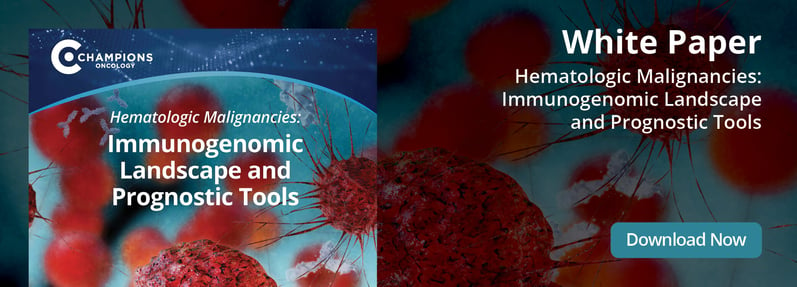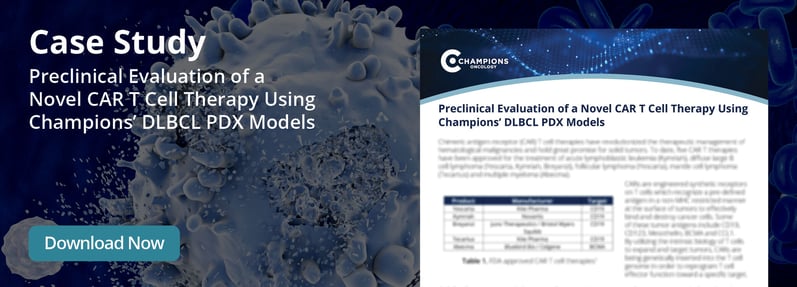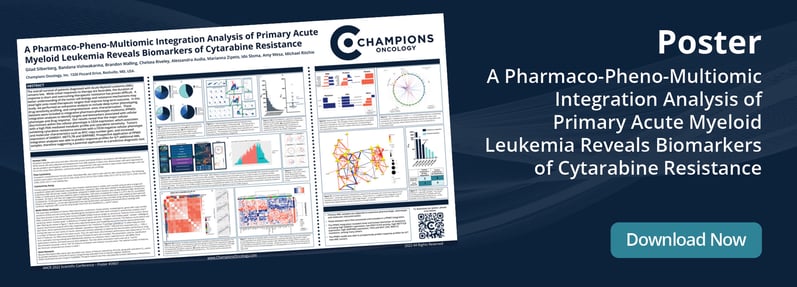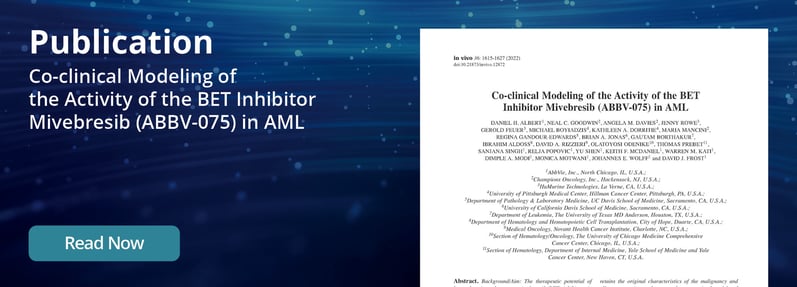Blood Cancer Models
World's largest living bank of primary hematological tumors and leukemia xenograft tumor models for preclinical testing
- Preclinical Oncology CRO Services | Clinical Trial Specialty Testing
- Blood Cancer Models
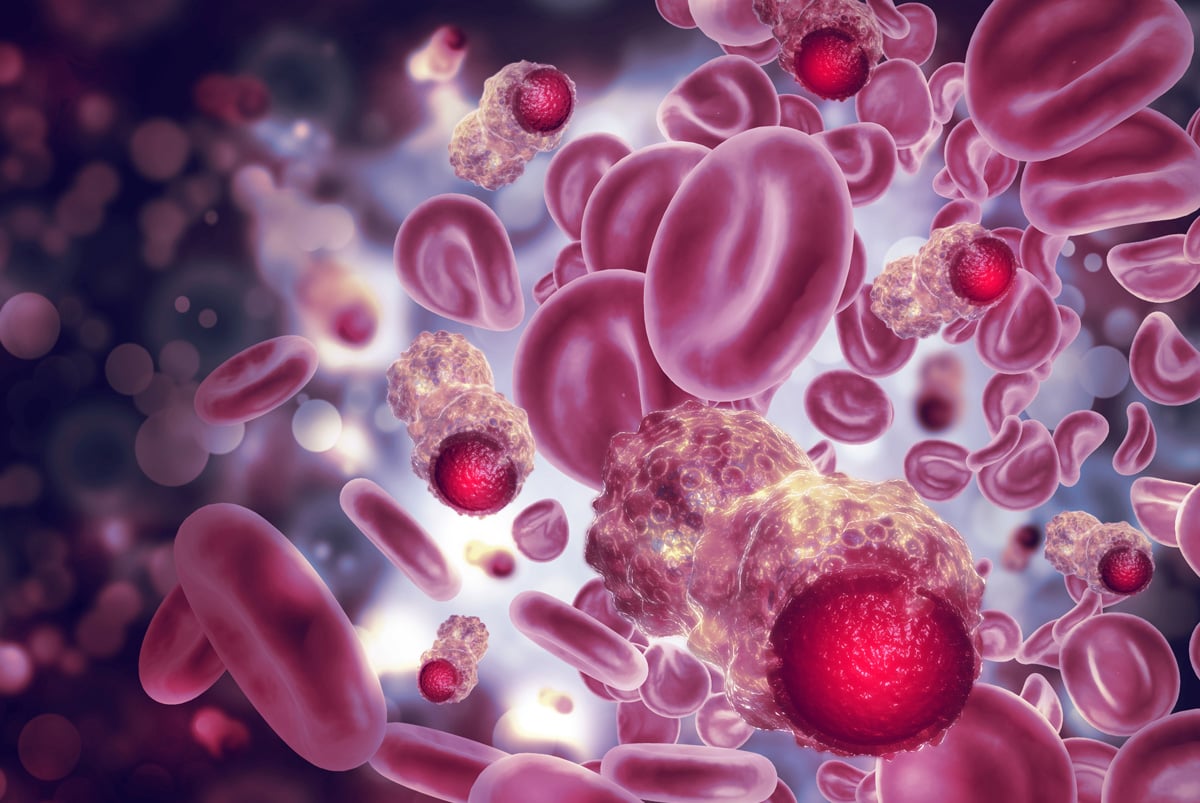
Unique Collection of Hematological Models for Reliable Insights
Champions Oncology has established a proprietary platform for modeling leukemias (Acute Myeloid Leukemia, Acute Lymphoblastic Leukemia, Chronic Lymphoblastic Leukemia), non-Hodgkins lymphomas (Diffuse Large B-cell lymphoma, and Mantle Cell Lymphoma), and Multiple Myeloma from primary patients. This platform enables clients to assess the efficacy of novel therapeutic strategies in models that closely mirror the disease biology and recapitulate the diversity of the patient population.
-
Largest engraftable hematological repository of primary AML, ALL and DLBCL models
-
Derived from leukapheresis, peripheral blood, or bone marrow aspirates to retain the molecular and pathological profile of the original patient
-
Extensive clinical annotations and deep molecular characterization data are available in Lumin
The Industry's Most Deeply Characterized Blood Cancer Models
Champions uses primary leukemia samples, engrafted systemically to preserve the unique patient characteristics including cellular heterogeneity, otherwise lost in passaged models. The efficacy of experimental therapeutic agents is measured as changes in engraftment in relevant tissue compartments.
These models are clinically relevant and are established from different disease-stage tumors. Many of the patients were pretreated using standard-of-care therapies and the latest targeted agents.
Models are clinically annotated and characterized by NGS, Proteomics, Phospho-proteomics, and in vivo drug response testing, available in Lumin. A diverse dataset can be utilized to assess biomarkers of response or non-response within these indications and to model defined patient cohorts co-clinically.
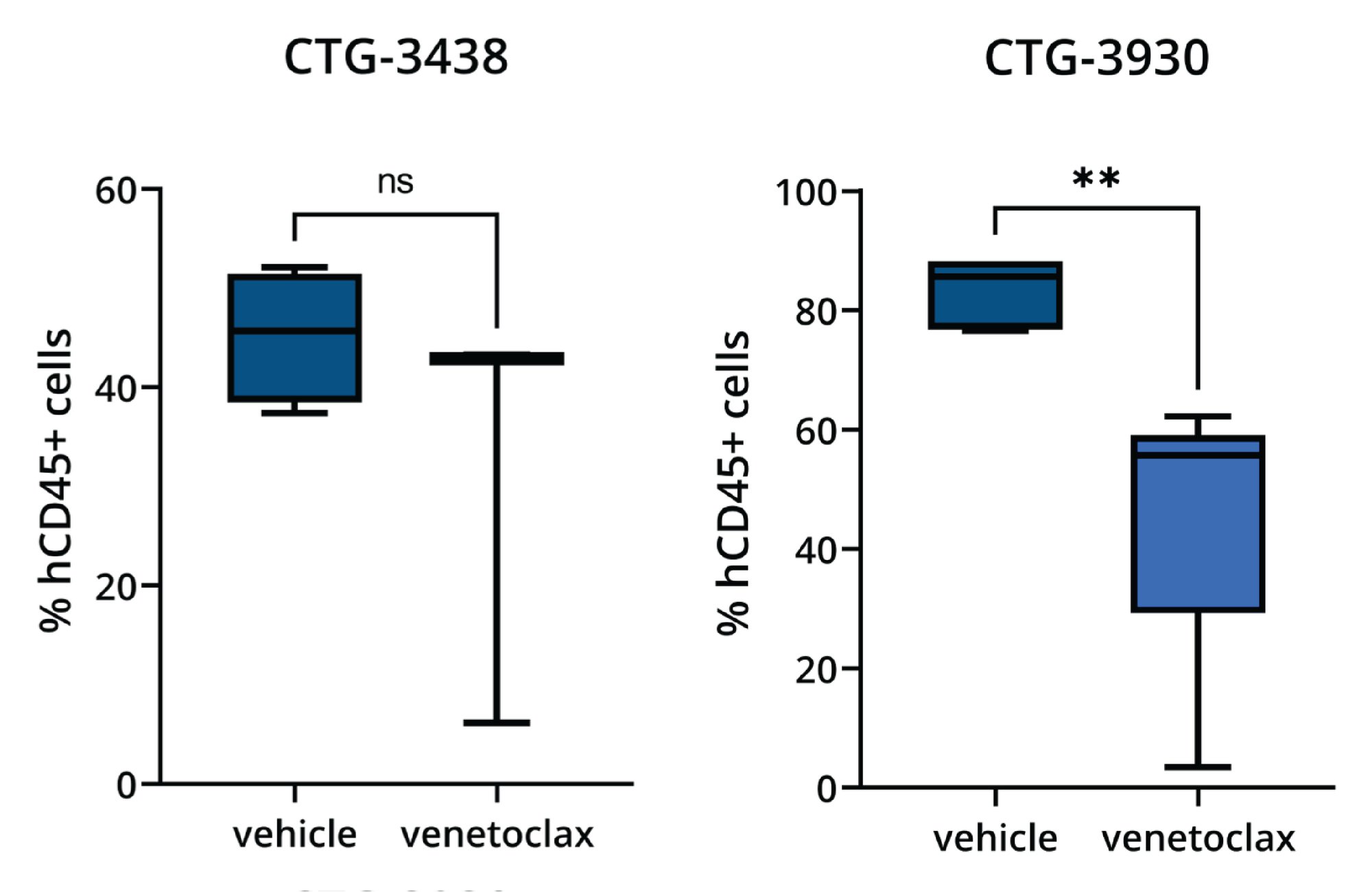
Hematological Model Endpoints

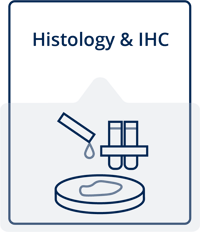
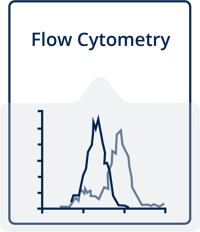
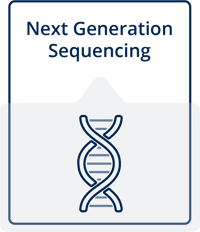
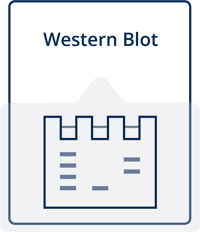
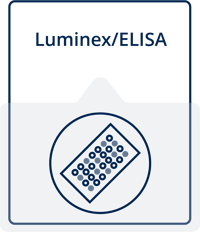
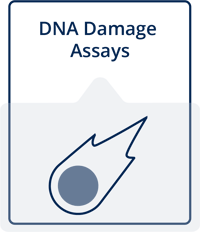
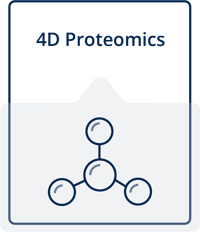
"One of the best and most comprehensive banks of blood cancer models around. Their models have been crucial in validating our drug candidates and understanding disease mechanisms, leading to better treatments for our patients."
___________________________________________________
"We rely heavily on Champions Oncology’s blood cancer models for our preclinical studies. The models’ high fidelity and predictive power have been instrumental in refining our drug discovery process and accelerating our path to clinical trials."
___________________________________________________
Ready to start working with Champions Oncology?
Harness the power of Champions Oncology’s comprehensive blood cancer models to accelerate your research. Our platform provides the most advanced preclinical solutions, including specialized flow cytometry services tailored towards blood cancers. Whether you're exploring therapeutic efficacy or biomarkers, our team is here to support your studies with unparalleled expertise. Contact us to learn how we can enhance your oncology research.
How are leukemia xenograft models used in drug development?
Patient-derived Leukemia xenograft models are crucial tools in drug development, particularly for evaluating the efficacy of new cancer therapies. Differently from immortalized cell lines, these models involve transplanting primary human leukemia cells into immunocompromised mice, allowing the human cancer cells to grow and proliferate in a living organism. Researchers use these models to study the behavior of leukemia under various treatment conditions, assess the effectiveness of novel drugs, and understand the mechanisms of drug resistance. By closely mimicking the human disease, patient-derived leukemia xenograft models provide valuable insights that help in the development and optimization of new therapeutic agents.
What types of analyses can be performed on leukemia xenografts?
A variety of analyses can be performed on leukemia xenografts to evaluate treatment outcomes. These include:
- Tumor Engraftment Measurement: Monitoring the engraftment of the leukemia xenograft to assess the impact of treatments.
- Flow Cytometry: Analyzing cell populations within the xenograft to assess the effect of treatments on leukemia engraftment and disease composition
- Molecular Analysis: Conducting techniques such as PCR, Western blotting, or RNA sequencing to analyze gene expression, protein levels, and genetic mutations within the xenograft.
How are leukemia xenograft models created?
Leukemia xenograft models are created by implanting human leukemia cells into immunocompromised mice, which lack a fully functioning immune system and therefore do not reject the human cells. The process typically involves injecting the leukemia cells intravenously. Once the cells are implanted, they proliferate and home in the bone marrow, in accordance with what happens in the patients. These models are then used to study disease progression and evaluate potential therapeutic interventions.
What is a leukemia xenograft tumor model?
A leukemia xenograft tumor model is an in vivo experimental system in which human leukemia cells are transplanted into immunocompromised mice to create a tumor that mimics the behavior of leukemia in humans. This model is used to study the growth and spread of leukemia, as well as to test the efficacy of new drugs and treatment strategies. The xenograft tumor model is particularly valuable because it provides a biologically relevant environment that closely resembles human disease, allowing researchers to obtain more predictive data on how therapy might perform in clinical settings. There are different types of leukemia xenograft models, including cell lines derived models, and patient-derived models. Since leukemia is a highly heterogeneous disease, the best models are those that fully mirror the diverse cellular composition of the disease. Cell-line-derived leukemia and serially passaged patient-derived leukemia xenograft models lose the heterogeneity typical of the disease, due to clonal selection as a result of immortalization and serial passaging respectively. On the other hand, primary, never-passaged, patient-derived leukemia xenograft models are the most reliable system to test novel therapeutic agents.

